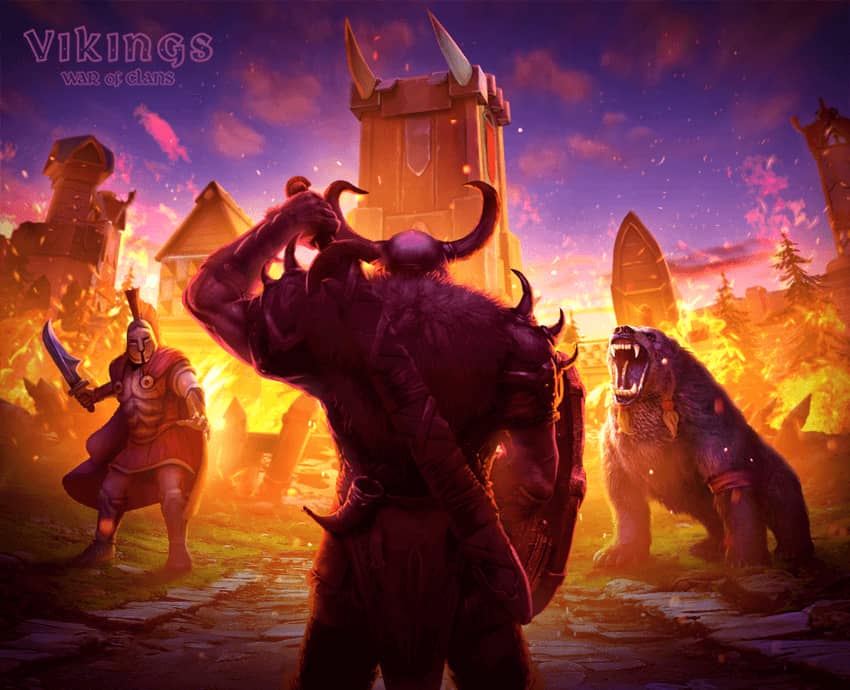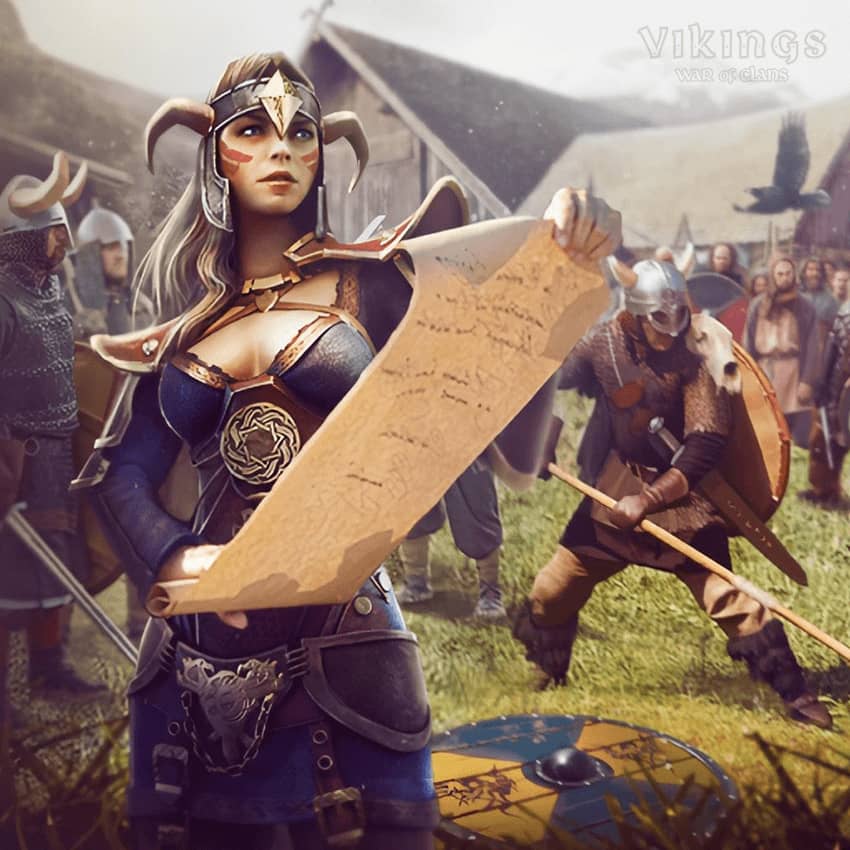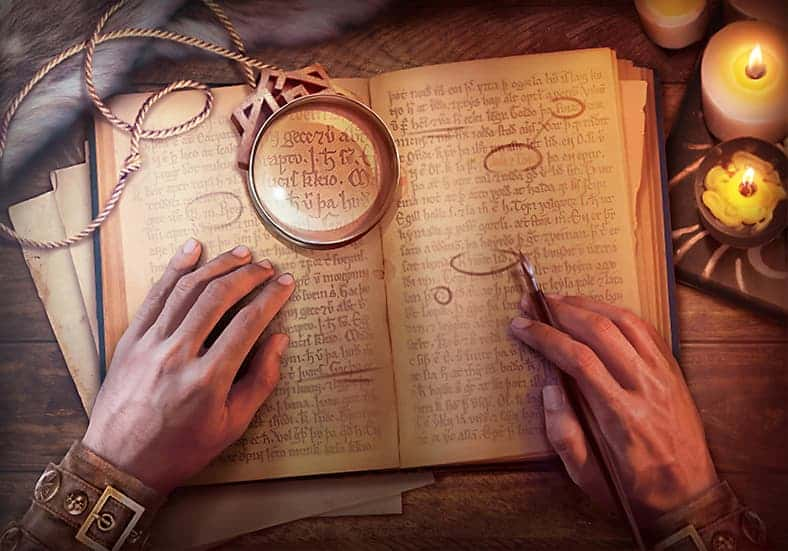Previously, we told you about a Viking bowed string musical instrument called the talharpa, and we explained what it is made from and how to play it. This article will be about a plucked string instrument, the lyre.
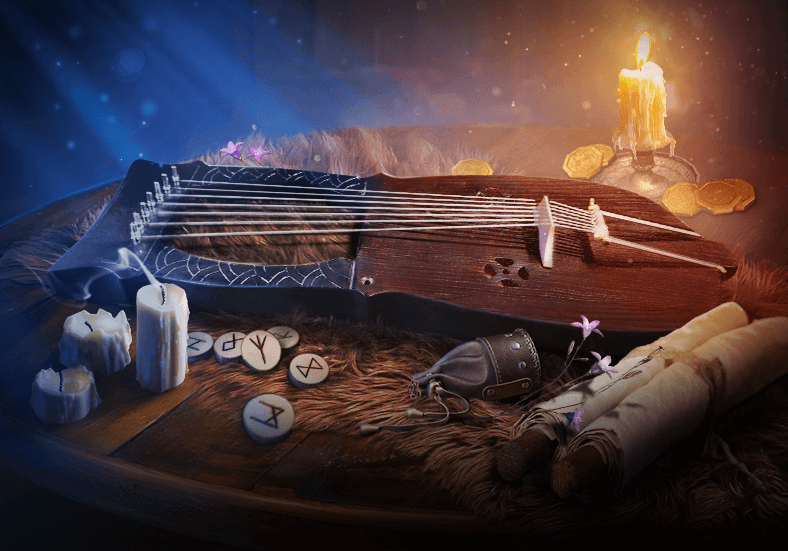
The Viking lyre consists of a broad wooden soundbox connected to a special crosspiece that holds the strings. The number of strings can vary from seven to 12 depending on the model of the instrument. An additional crosspiece, the bridge, serves to transmit the vibrations of the strings to the empty soundbox in order to amplify the sound.
Vikings made lyres out of various wood species. They generally crafted the strings from animal sinews and the bridge from antler, bronze, or amber.
How Viking lyres appeared
It is believed that the Vikings who had traveled to the Mediterranean region in approximately the sixth century C.E. brought lyres to ancient Scandinavia – the earliest image of a Viking lyre instrument ever found dates from this time. Archeologists discovered the image on the island of Gotland, in a place called Lärbro Källstäde.
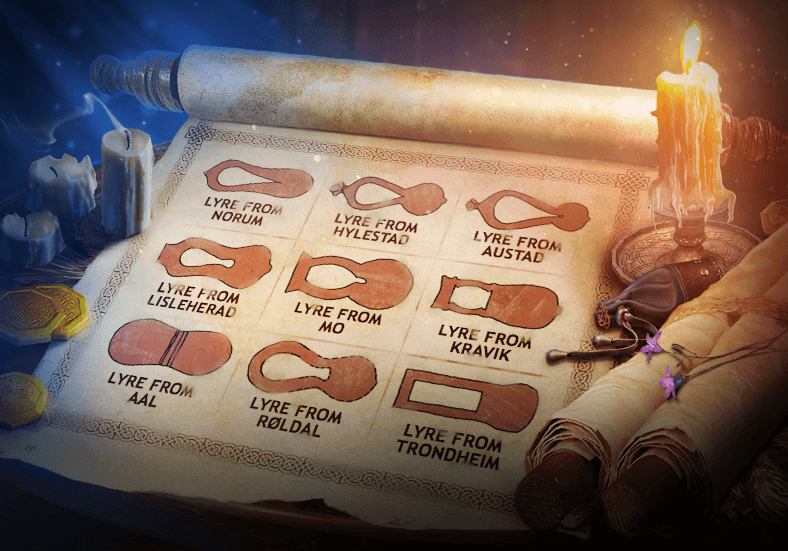
Scientists are still finding evidence from the 11th to 15th centuries that people used to play the lyre throughout Scandinavia both in the Viking epoch and later. The appearance of the instrument differs from region to region, and that’s why each type of lyre has its own name according to the place where it was found:
- The Lyre from Norum

- The Lyre from Hylestad

- The Lyre from Austad

- The Lyre from Lisleherad

- The Lyre from Mo

- The Lyre from Kravik

- The Lyre from Aal

- The Lyre from Røldal

- The Lyre from Trondheim

Carvings in churches in Hylestad, Austad, and Norum depict Gunnar, a hero from the Poetic Edda, who is playing the lyre in a snake pit. You can see the same scene on a wooden bench from Lisleherad and on a drinking vessel from the village of Mo.
In Aal, which is in Denmark, scientists found a wall from the 13th century that shows the biblical King David holding a book in one hand and a lyre in the other.
Wall paintings from a Røldal church and a sculpture from Trondheim Cathedral depict people using something resembling a bow, which is why some scientists have classified the instruments that they found there as being the Viking bowed lyre, the talharpa.
The Kravik lyre is particularly worthy of attention, in that this type of lyre appeared in the 14th century and is now very popular among modern artists who play Viking music.
What the lyre meant to the Vikings
Owing a plucked lyre was probably a mark of nobility. Various images of rulers and aristocrats with the instrument in their hands support this theory. Archeologists also find lyres in the graves of warriors who appear to have been skalds or storytellers and who played the Viking lyre as an accompaniment to their singing.
Bowed lyres, in contrast, were Viking musical instruments that mostly belonged to people of a lower social status. Scientists think that this is one reason why the lyre instrument has survived to the present day.
How the Vikings played the lyre
Judging by some images found in England and in Continental Europe, we can say that musicians played the lyre seated, with the instrument placed on their left thigh. They plucked the strings with the fingers of their right hand and muted the strings with their left hand.
In the next article, we are going to tell you about Viking percussion instruments.
